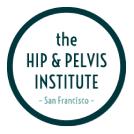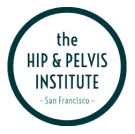We often think of aging bones as an inevitable nuisance—but what’s rarely discussed is how osteoporosis subtly reshapes the architecture of the hip long before a fracture occurs. In older adults, this silent erosion doesn’t just weaken bones—it changes how...
Read More >
